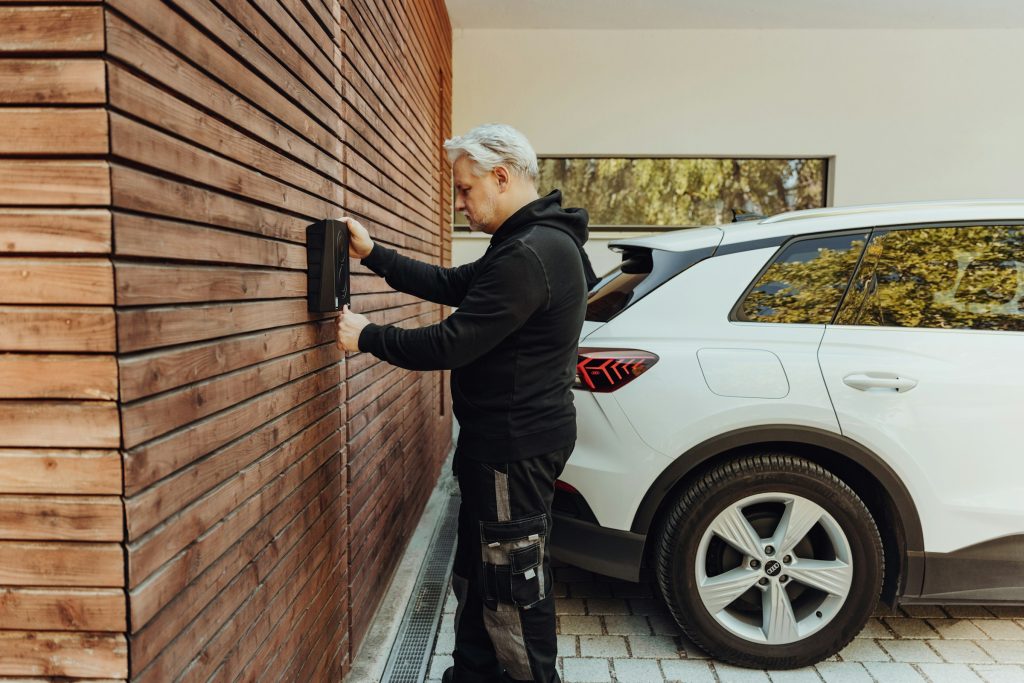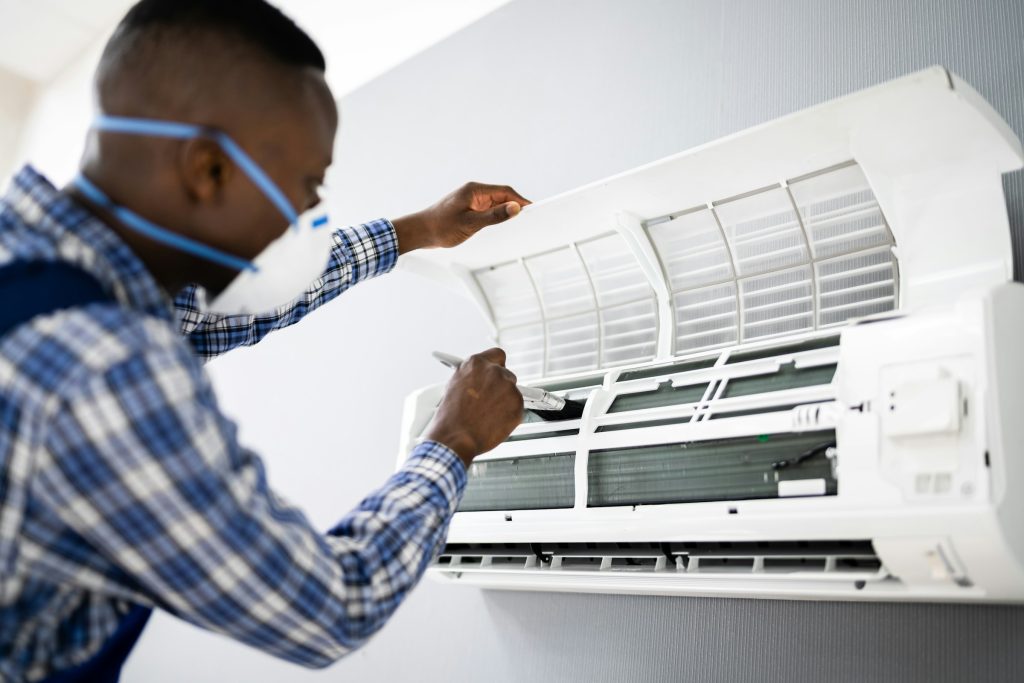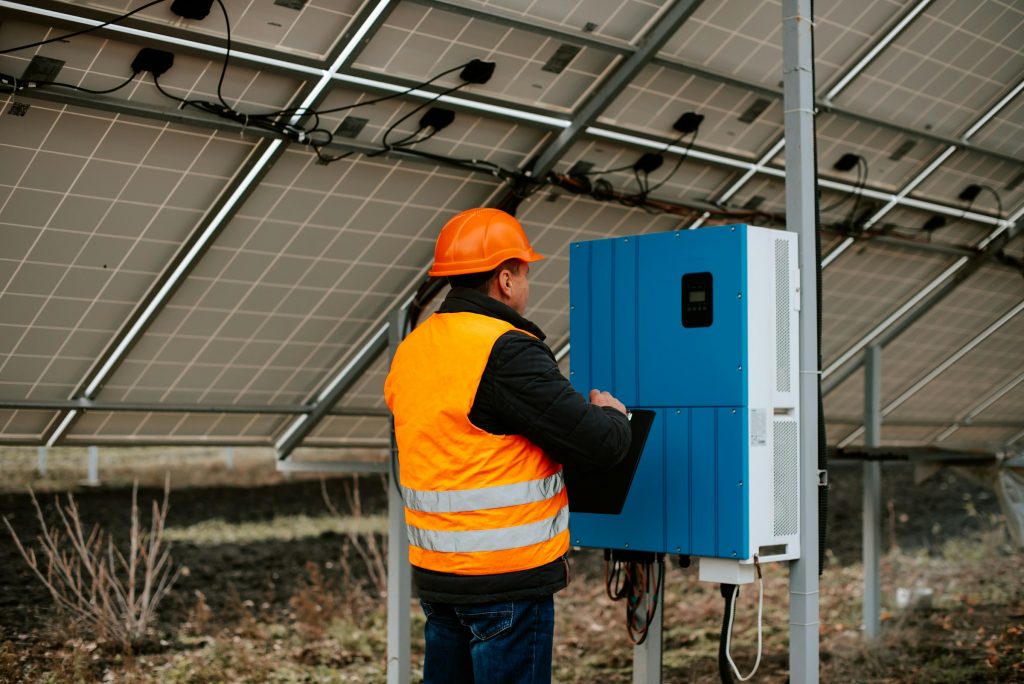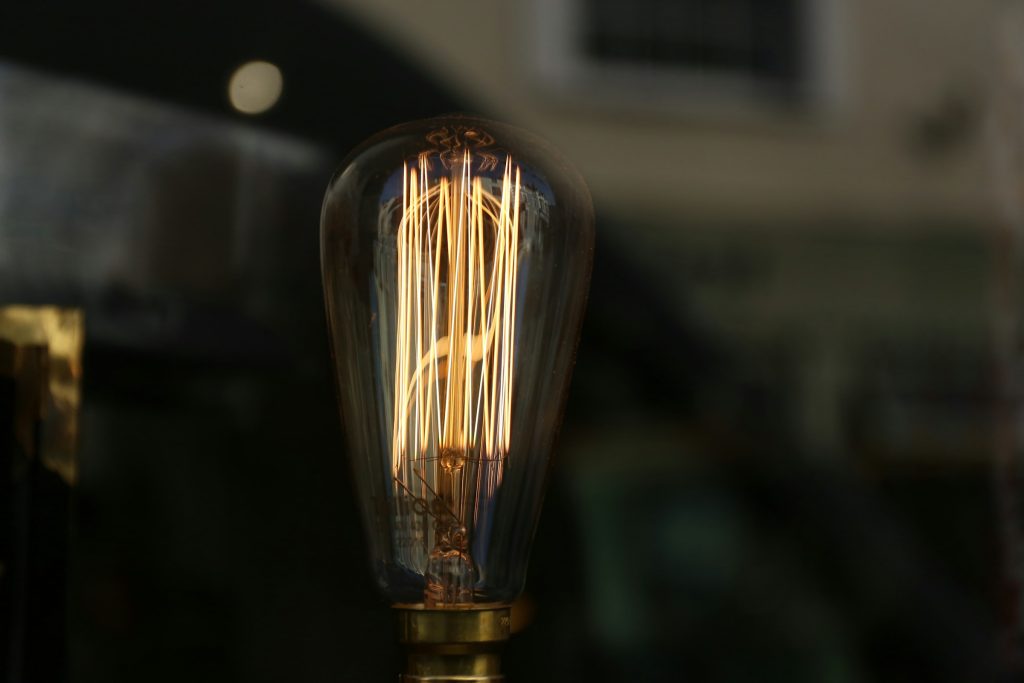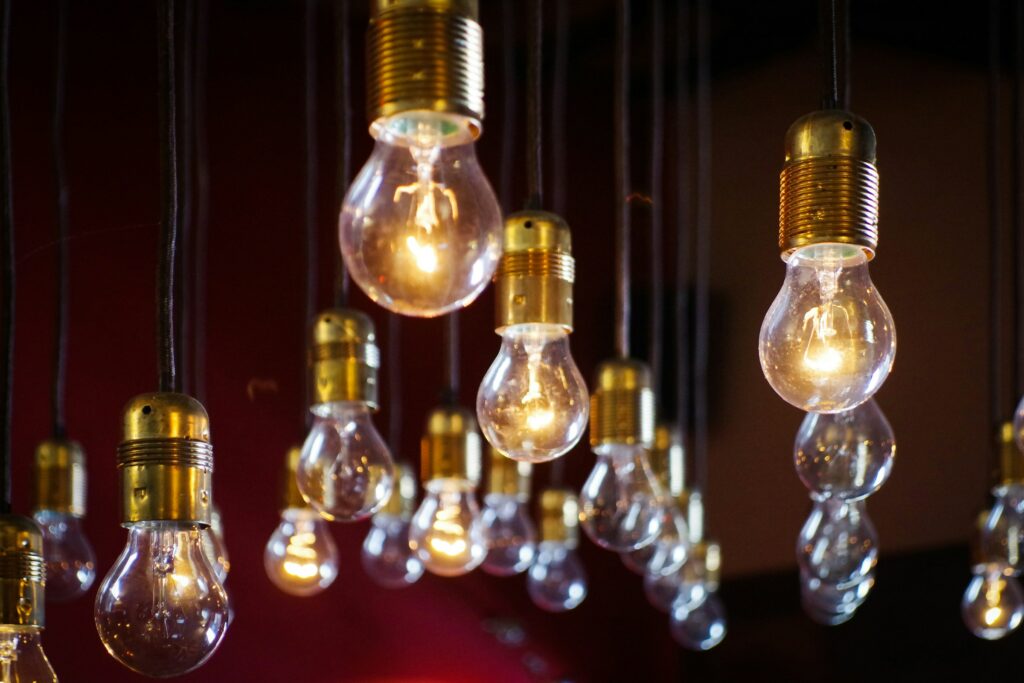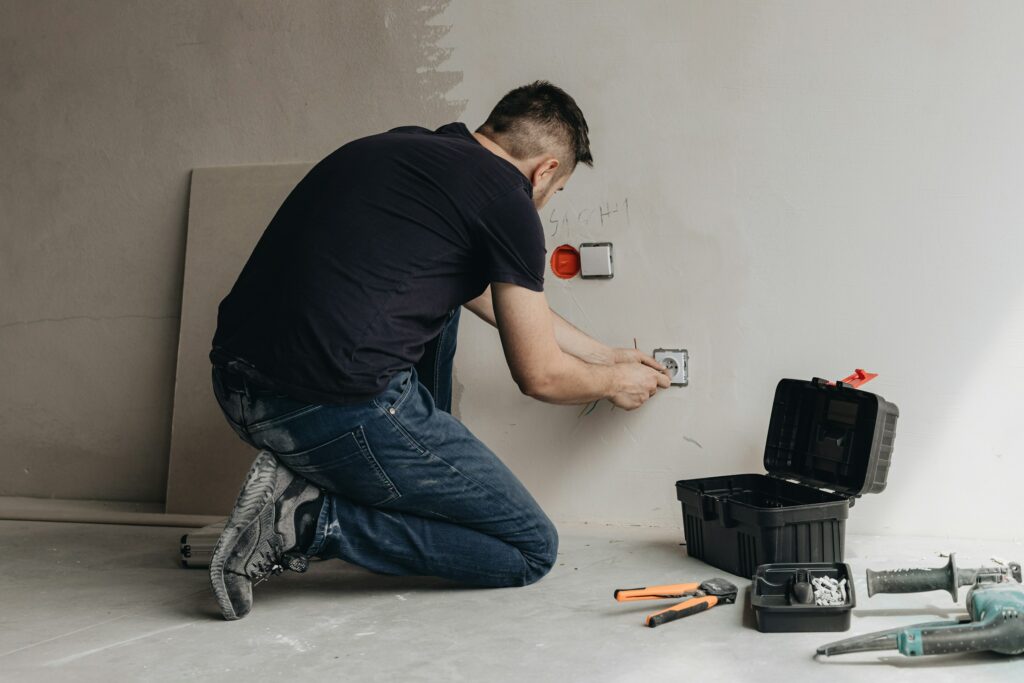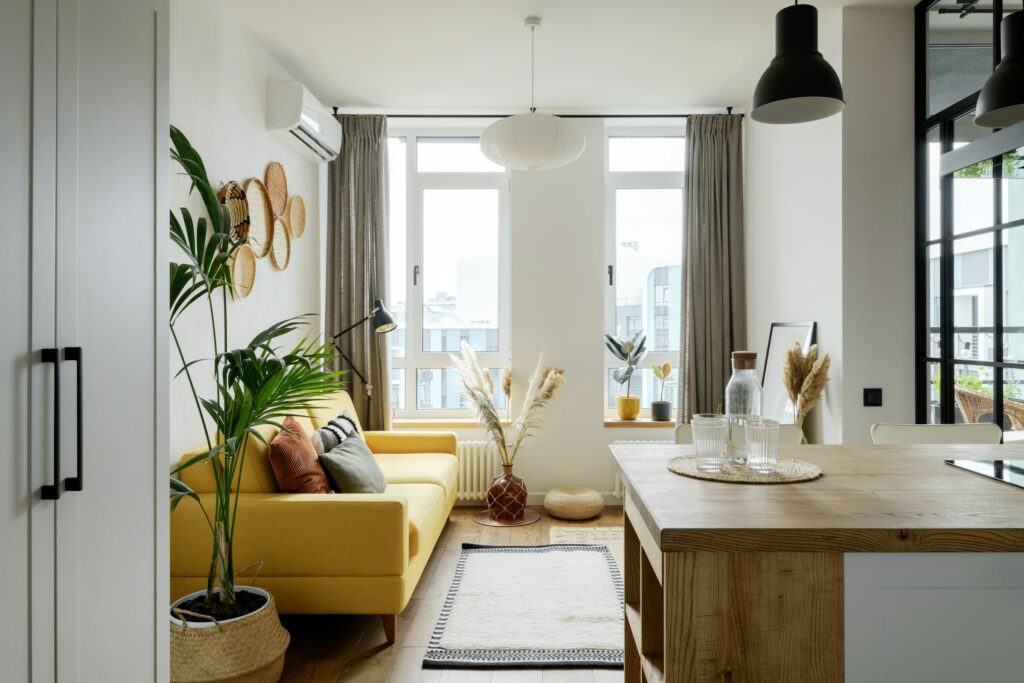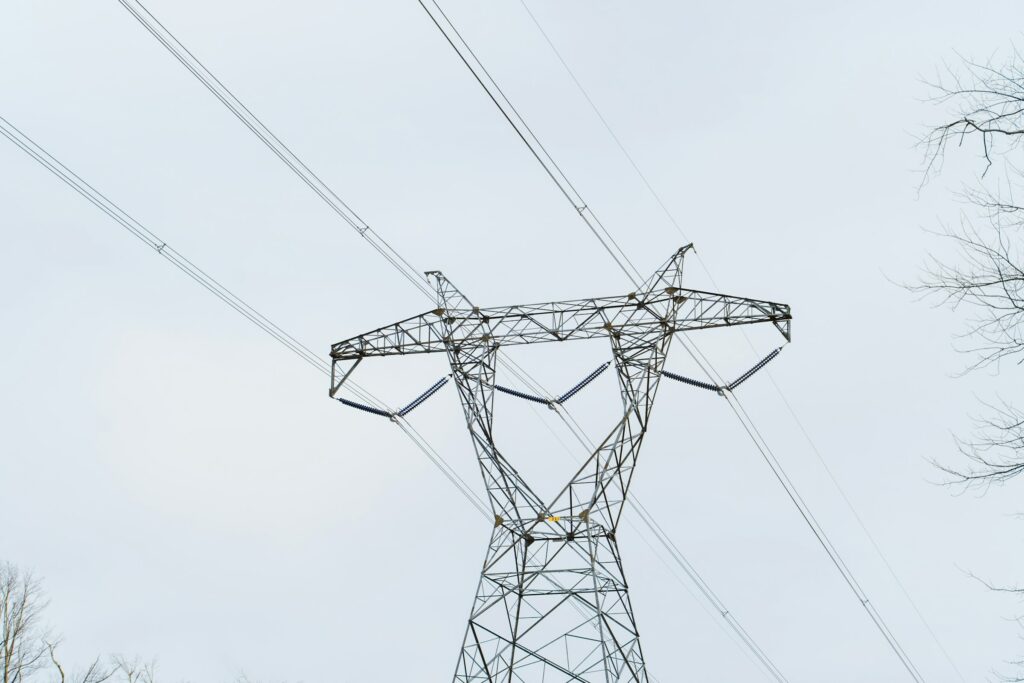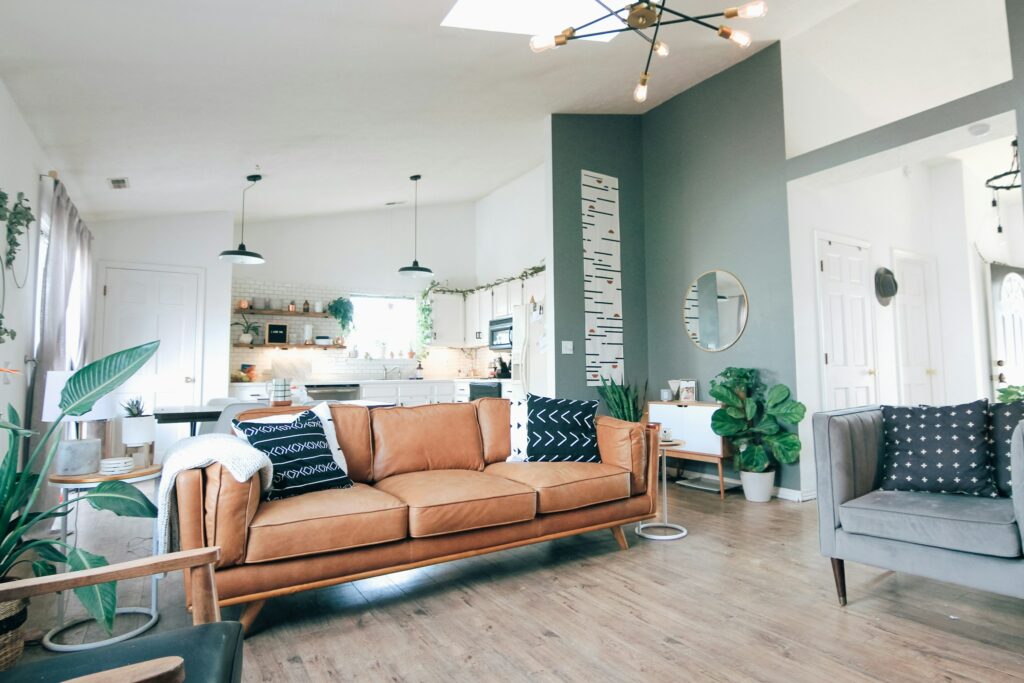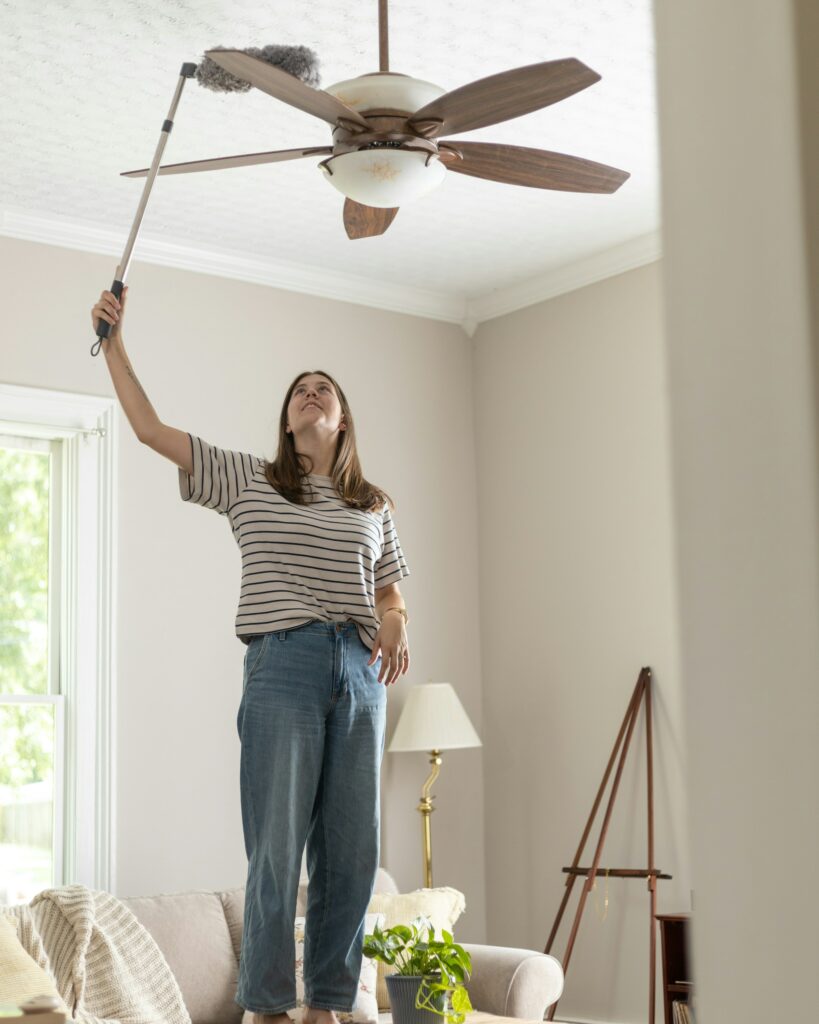Rising energy costs continue to impact Australian households, and finding effective ways to reduce electricity consumption is crucial. You can significantly lower your power bills while maintaining comfort by implementing smart strategies and minor adjustments to daily habits. We at Down to the Wire have compiled a list of essential things you need to know on how to reduce electricity bill to help save you your hard-earned money.
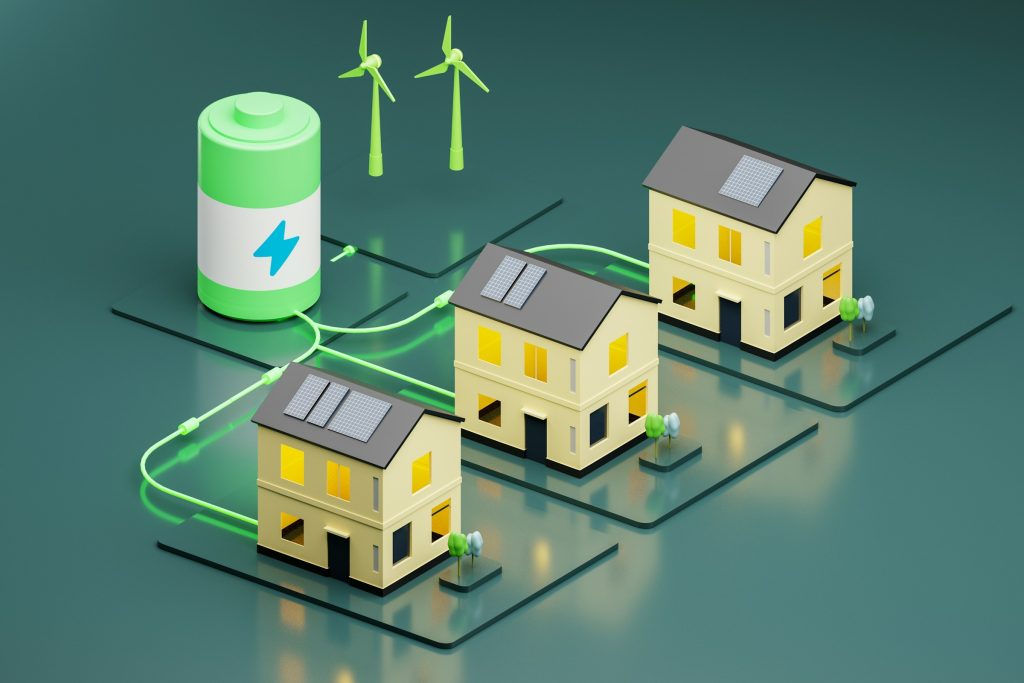
Understanding Your Energy Usage
A typical Australian household consumes approximately 18.71 kWh daily for a three-person household. The energy consumption is distributed across several key areas:
Heating and Cooling
Climate control represents a significant portion of household energy use, accounting for approximately 40% of total consumption. This varies significantly by region:
- Tasmania uses the highest amount at 8,619 kWh annually due to its colder climate
- Victoria uses the lowest at 4,615 kWh annually due to its semi-arid conditions
Hot Water Systems
Water heating accounts for about 25% of household energy consumption, making it the second-largest energy user in Australian homes.
Appliances and Electronics
Household appliances constitute approximately 30% of energy usage. It includes:
- Kitchen Appliances
- Laundry equipment
- Entertainment systems
- Other electronic devices
Seasonal Variations
Energy consumption patterns vary significantly by season and location:
Northern regions use more electricity in summer
- Southern states like Tasmania and New South Wales consume more in winter
- Queensland shows relatively equal consumption across seasons, with the highest usage in summer at 1,538 kWh
The original statement about heating and cooling being the largest energy consumers was partially correct, but it didn’t accurately represent the complete breakdown of energy usage across different household functions. The actual distribution shows a more specific allocation between heating/cooling (40%), hot water (25%), and appliances (30%).
How to Reduce Electricity Bill:
Optimize Temperature Control
Temperature regulation significantly impacts your electricity costs. The ideal temperature settings should be:
- Summer cooling: 24-25°C
- Winter heating: 21-22°C
According to the Department of Climate Change, Energy, the Environment, and Water, every degree adjustment can increase energy consumption by 5-10%. Daikin recommends setting your air conditioner to eight degrees below the outdoor temperature for summer cooling.
Efficient Appliance Usage
Kitchen Efficiency
For optimal refrigerator performance, the recommended temperature settings are:
- Fridge: 3°C to 5°C
- Freezer: -18°C to -23°C
To maintain efficiency, the fridge should be at least 5cm from the side walls and 10cm from the rear wall, and it should avoid being placed in areas with direct sunlight.
Laundry Savings
For laundry energy efficiency:
- Wash with cold water (can cut energy use by more than half per load)
- Always wash full loads
- Use high-speed or extended spin cycles to reduce drying time
- Separate heavy cotton from lightweight clothing for faster drying
Smart Lighting Solutions
Lighting accounts for approximately 15% of an average home’s electricity use, not 6% as previously stated. The average household can save about $225 in energy costs per year by switching to LED lighting. For maximum efficiency:
- Use LED bulbs that use up to 90% less energy and last up to 25 times longer than traditional incandescent bulbs
- Install timers and dimmers to reduce electricity usage
- Consider LED outdoor lighting with daylight sensors and motion detection features
Advanced Cost-Saving Measures
Solar Power Investment
Solar panel installation can help Australian households reduce their energy bills by 50-80%, with exact savings depending on system size and location. Through the Small-scale Renewable Energy Scheme (SRES), homeowners can save AUD 538.84 per kW installed in 2024, reducing a standard 6.6kW system cost by AUD 3,540.92
Standby Power Management
Standby power accounts for approximately 10% of energy consumed in Australian homes, costing consumers over 950M annually. Common standby power costs include:
- Wireless modem: 7-10W (AUD 17.50-25.40 annually)
- Television (LCD): 2.3W (AUD 5.26 annually)
- Games console: 5.4W (AUD 13.14 annually)
- Microwave: 2.4W (AUD 6.13 annually)
Smart Home Integration
Modern power boards can now connect to automated home systems, allowing for better control of standby power consumption. This integration enables automated power management and can help reduce unnecessary energy consumption when devices aren’t in use.
Conclusion
Reducing your electricity bill in Australia requires a combination of smart choices and consistent habits. Start with simple changes like optimizing your thermostat settings and switching to LED lighting, then consider longer-term investments like solar panels. Remember that every small change contributes to significant savings over time. By implementing these strategies, you can substantially reduce your electricity costs while maintaining a comfortable lifestyle.
Frequently Asked Questions:
What is the most effective way to reduce electricity bills?
How much can I save by switching to LED lights?
LED lights can reduce lighting costs by more than 80% compared to traditional bulbs
